Ground shipping is currently paused. Local deliveries throughout Long Island will continue as usual. Pre-orders for fall are now open. Non-local orders will begin shipping again in early September. Click here to learn more.
Ground shipping is currently paused. Local deliveries throughout Long Island will continue as usual. Pre-orders for fall are now open. Non-local orders will begin shipping again in early September. Click here to learn more.
| Size | |
|---|---|
| Common Name | |
| Type | |
| Family | |
| Native? | |
| Zone | 3, 4, 5, 6, 7 |
| Height Range (ft.) | 4.00 to 6.00 |
| Spread (ft.) | 4.00 to 6.00 |
| Bloom Time | |
| Bloom Description | ragrant pink flowers with yellow centers, Single |
| Sun | |
| Water | |
| Maintenance | |
| Suggested Use | Coastal gardens, hedgerows, naturalized areas, wildlife gardens |
| Tolerate | |
| Attracts | |
| Growth Rate |
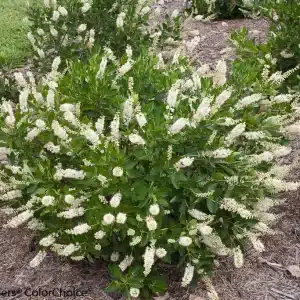
Virginia Rose is a native shrub with fragrant pink flowers, bright red rose hips, and vibrant fall foliage. Ideal for pollinator gardens, naturalized areas, and coastal plantings.
$16.99 – $25.99Price range: $16.99 through $25.99
Please note: Sizes 1.5 Gallon and up can’t be shipped outside the counties of Nassau, Suffolk, and Queens.
Learn more about how the process works and how our plants are delivered.
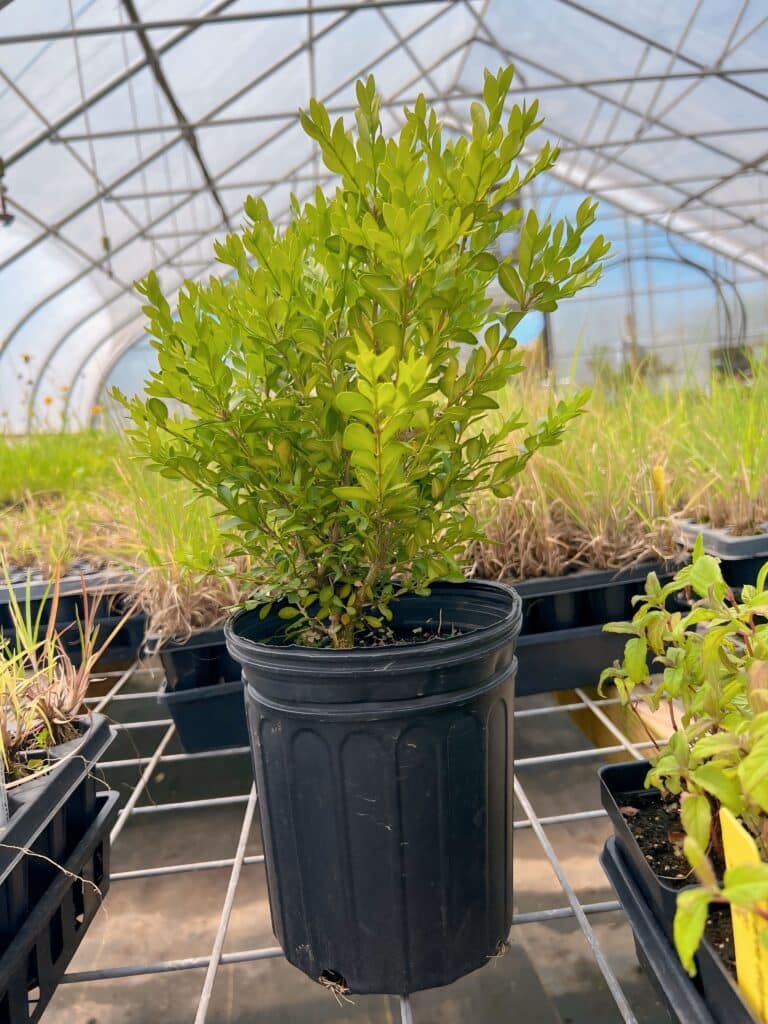

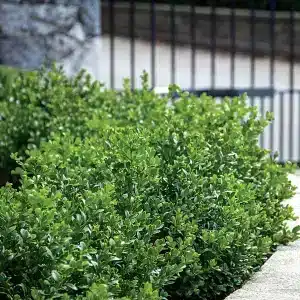
Ground shipping is paused due to summer heat. Only local delivery (Long Island & Queens) is available. Orders placed during the pause will begin processing September 1, and ground shipping will resume September 15.
| Size | |
|---|---|
| Common Name | |
| Type | |
| Family | |
| Native? | |
| Zone | 3, 4, 5, 6, 7 |
| Height Range (ft.) | 4.00 to 6.00 |
| Spread (ft.) | 4.00 to 6.00 |
| Bloom Time | |
| Bloom Description | ragrant pink flowers with yellow centers, Single |
| Sun | |
| Water | |
| Maintenance | |
| Suggested Use | Coastal gardens, hedgerows, naturalized areas, wildlife gardens |
| Tolerate | |
| Attracts | |
| Growth Rate |
Rosa virginiana, commonly known as Virginia Rose, is a hardy, deciduous shrub native to eastern North America. This attractive wild rose typically grows 4 to 6 feet tall and wide, forming dense thickets that provide excellent habitat and cover for wildlife. In early to mid-summer, Virginia Rose produces fragrant, single pink flowers with bright yellow centers that attract bees, butterflies, and other pollinators.
Following the blooms, the shrub develops bright red rose hips that persist into winter, providing a valuable food source for birds and mammals. Its glossy green foliage turns vibrant shades of red and purple in the fall, offering multi-season interest. Virginia Rose is an excellent choice for naturalized areas, pollinator gardens, and coastal plantings due to its adaptability and salt tolerance.
/5
Total reviews
|
|
Persons recommended this product
Anonymous
Shopper
check_circle Verified
Shop owner replied
Was this helpful
Anonymous
Shopper
check_circle Verified
Shop owner replied
Was this helpful
There are no reviews yet.
Be the first to review “ ”
Your feedback helps us improve our service.
Please log in to submit a review.
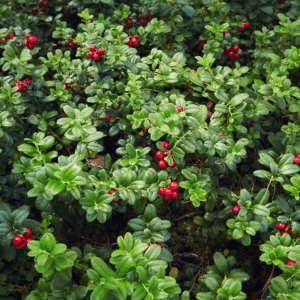
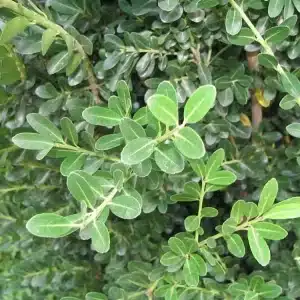

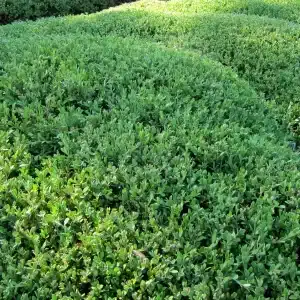
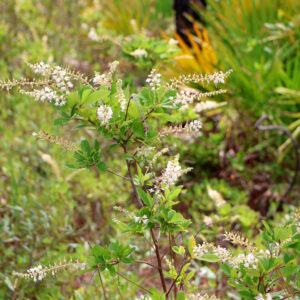


Virginia Rose thrives in full sun but will tolerate partial shade. It prefers moist, well-drained soils, but it’s highly adaptable to sandy, loamy, and clay soils. It’s also salt-tolerant, making it ideal for coastal gardens and naturalized areas.
This deciduous, suckering shrub typically grows 4 to 6 feet tall and 4 to 6 feet wide, forming dense thickets over time through its underground rhizomes. It’s often used for naturalized plantings, hedges, and erosion control.
Virginia Rose blooms in early to mid-summer, typically June to July. It produces fragrant, single pink flowers with five petals and a center of yellow stamens. After flowering, it develops bright red rose hips that persist into winter.
Yes! The flowers attract bees, butterflies, and other pollinators, while the rose hips provide food for birds and small mammals in fall and winter. Its dense, thorny growth also offers excellent cover and nesting habitat for wildlife.
No, it’s a low-maintenance native shrub. Prune in late winter or early spring to remove deadwood and control size if needed. It’s deer-resistant, salt-tolerant, and generally disease-resistant, making it an excellent choice for low-maintenance landscapes.
Our gift cards make it easy to share the beauty of plants, flowers, and all things green. Whether for a special occasion or just because, give the gift of choice and let them select their favorites to create a garden they’ll cherish.
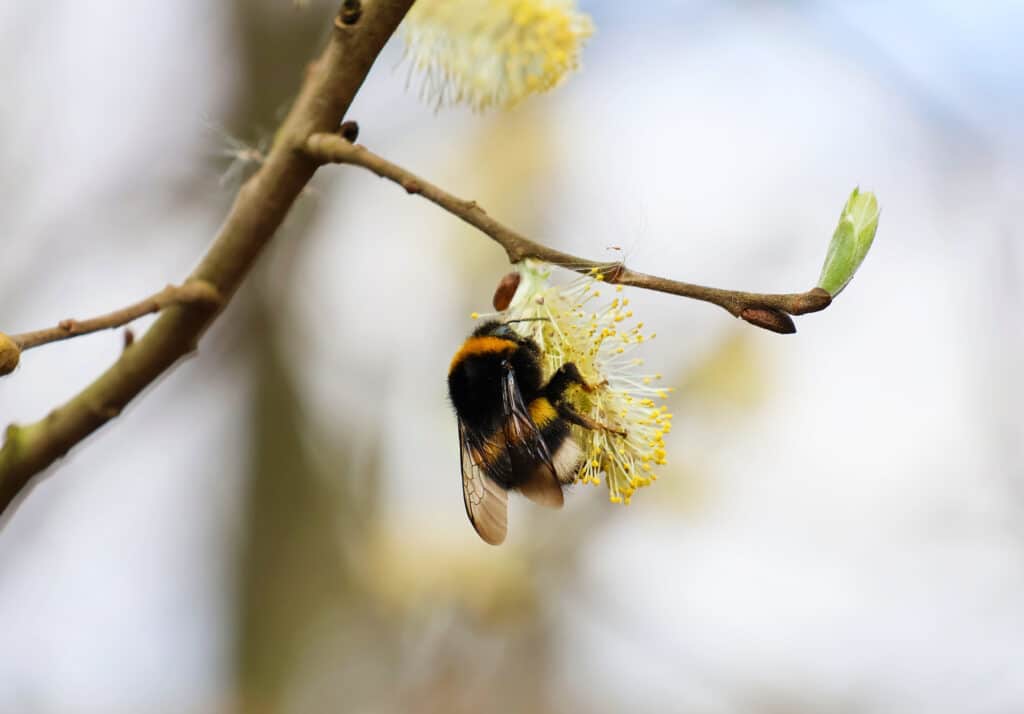
Only Local Delivery Available (Long Island & Queens)
Ground Shipping Paused
To protect our plants from extreme summer heat, we’ve paused nationwide ground shipping to avoid any damage during transit.
Local Delivery Only
We’re still delivering locally to Long Island and Queens, so nearby customers will continue to receive orders as usual.
Fall Pre-Orders Are Open Nationwide!
We will resume normal shipping for non-local orders placed during the pause in early September.
Thank you for your support and understanding—we’re looking forward to growing with you this fall!